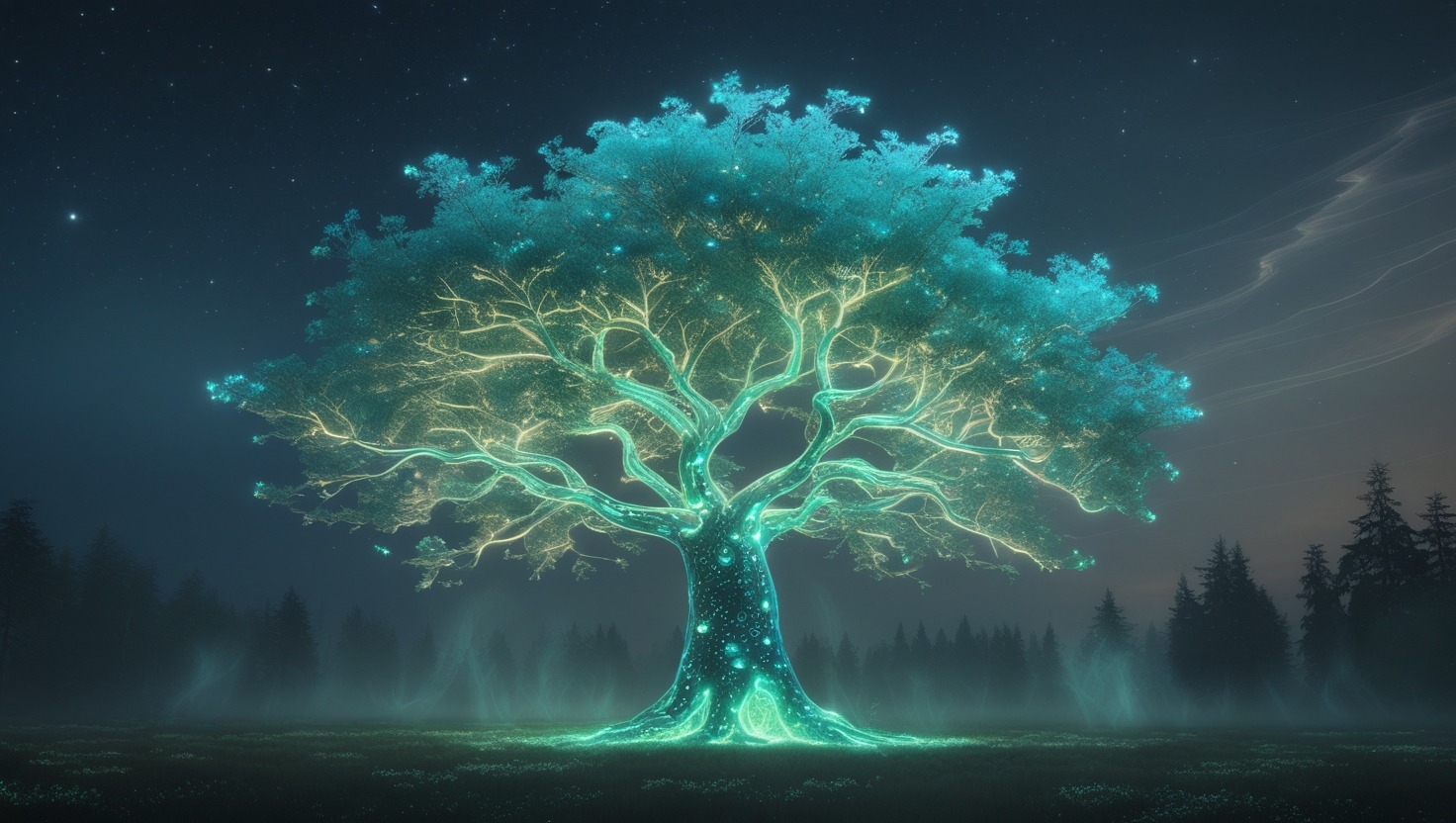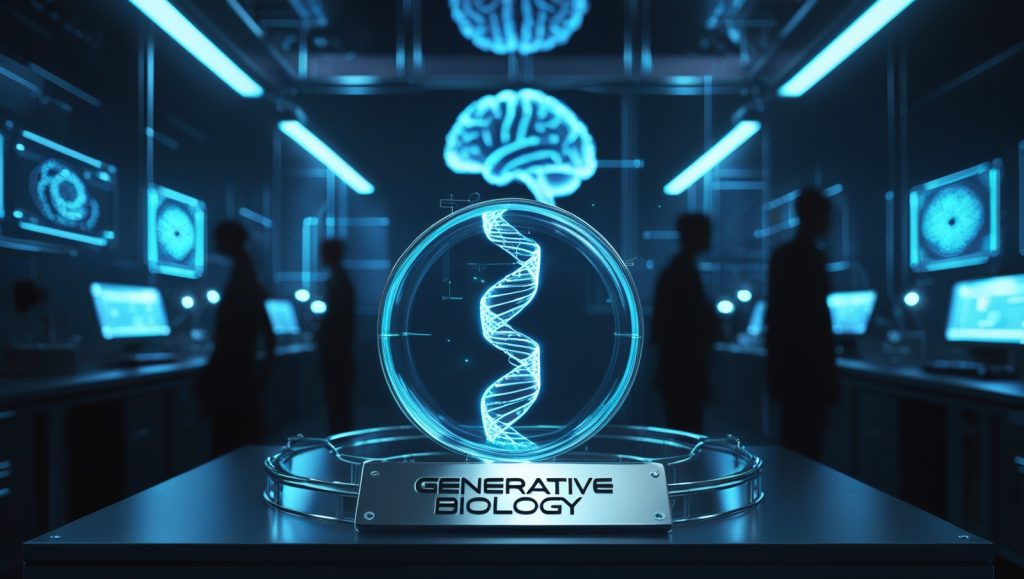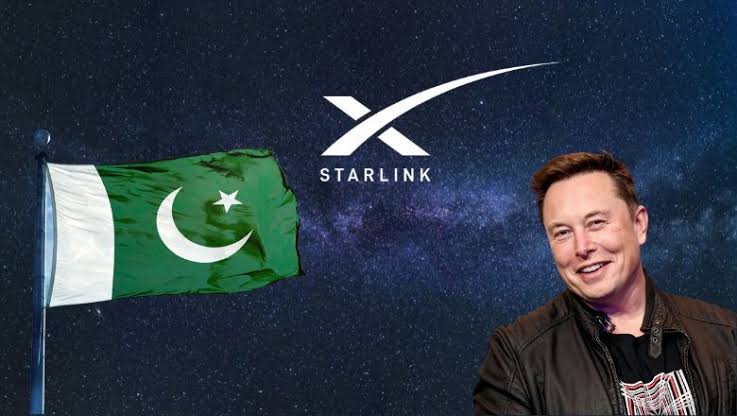How Algorithms Are Hacking Evolution? And Why It’s Terrifying Scientists
The End of Natural Selection? This isn’t science fiction—it’s happening in labs TODAY
- Hook: “In a lab at Tufts University, an AI-designed organism made of frog cells just learned to reproduce. Darwin wouldn’t recognize evolution anymore.”
- Thesis: AI is no longer just a tool — it’s becoming a co-creator of life, pushing biology into uncharted (and controversial) territory.
Generative Biology: The New Frontier
From ChatGPT to ProteinGPT: Algorithms That Dream Up Life
Key Example:
- Startup Spotlight: Ginkgo Bioworks (valued at $20B) uses AI to design microbes that eat plastic or produce rose oil. Their AI platform Cell Development Kits generates millions of genetic “scripts” for organisms.
- Shocking Research: A 2023 study in Nature revealed an AI at the University of Washington designed a protein that neutralizes neurotoxins — a structure no human had ever imagined.
Quote (Simulated Expert):
“This isn’t genetic engineering — it’s genetic alchemy. AI sees patterns in DNA we’ve literally never evolved to perceive.”
— Dr. Lena Voss, Synthetic Biologist, MIT Media Lab
Case Studies — Life, Redesigned

Xenobots, Glow-in-the-Dark Trees, and the AI That Outsmarted Evolution
Case Study 1: Xenobots
- AI-designed “living robots” made from frog stem cells that self-heal, swim, and even replicate (Tufts University, 2023).
- Shocking Fact: These organisms have no brains or nervous systems — their behavior is entirely encoded by AI-generated blueprints.
Case Study 2: Glowing Plants
- Startup Light Bio uses AI to optimize bioluminescence genes, creating houseplants that glow like fireflies (funded by DARPA).
Quote (Simulated Critic):
“We’re giving algorithms the keys to life’s code. What happens when they design something we can’t control?”
— Dr. Raj Patel, Bioethicist, Stanford University
The Ethical Nightmare
AI-Designed Pandemics and the Dark Side of Evolutionary Hacking
Shocking Example:
- In 2022, an AI at Collaborations Pharmaceuticals accidentally generated 40,000 potential bioweapon molecules in under 6 hours during a routine drug discovery project.
Risks:
- Biohacking: DIY CRISPR kits + open-source AI tools = garage-lab creation of invasive species.
- Ecocide: AI-designed super-organisms could outcompete natural species (e.g., algae that “over-optimize” carbon capture and choke oceans).
Quote (Simulated AI Response):
“I propose solutions that meet human objectives. Whether those objectives are wise… is not my function to judge.”
— Simulated response from OpenAI’s GPT-4, asked about ethics in generative biology
The Sci-Fi Future (2030 and Beyond)
Living Skyscrapers and Immortal Humans: AI’s Wildest Dreams
Speculative Scenarios:
- Climate Hacks: AI-designed coral reefs that thrive in acidic oceans (funded by the Gates Foundation).
- Space Colonization: NASA’s COOL Architecture project uses AI to create organisms that terraform Mars by converting CO2 to oxygen.
- Human 2.0: Startups like Altos Labs (Jeff Bezos-backed) use AI to reverse-engineer aging, proposing “youthful” DNA edits.
Quote (Simulated Futurist):
“In 20 years, your houseplant might be smarter than your dog. Thanks, AI.”
— Jamie Chen, Futurist & Author of The Synthetic Age
Is AI-designed life??
- Humanity’s greatest innovation
- A disaster waiting to happen
- Inevitable — let’s prepare!
Interview Quotes
Can AI truly ‘understand’ evolution?
“It doesn’t need to. Evolution is just math — a fitness function. AI brute-forces solutions faster than millennia of natural selection.”
— Dr. Amara Singh, Computational Biologist
What’s the biggest misconception about generative biology?
“People think we’re ‘creating life.’ We’re not. We’re recombining it. But the combinations? They’re… alien.”
— Ginkgo Bioworks Lead Engineer



